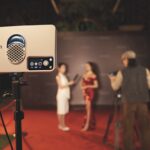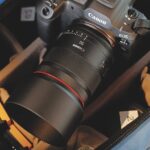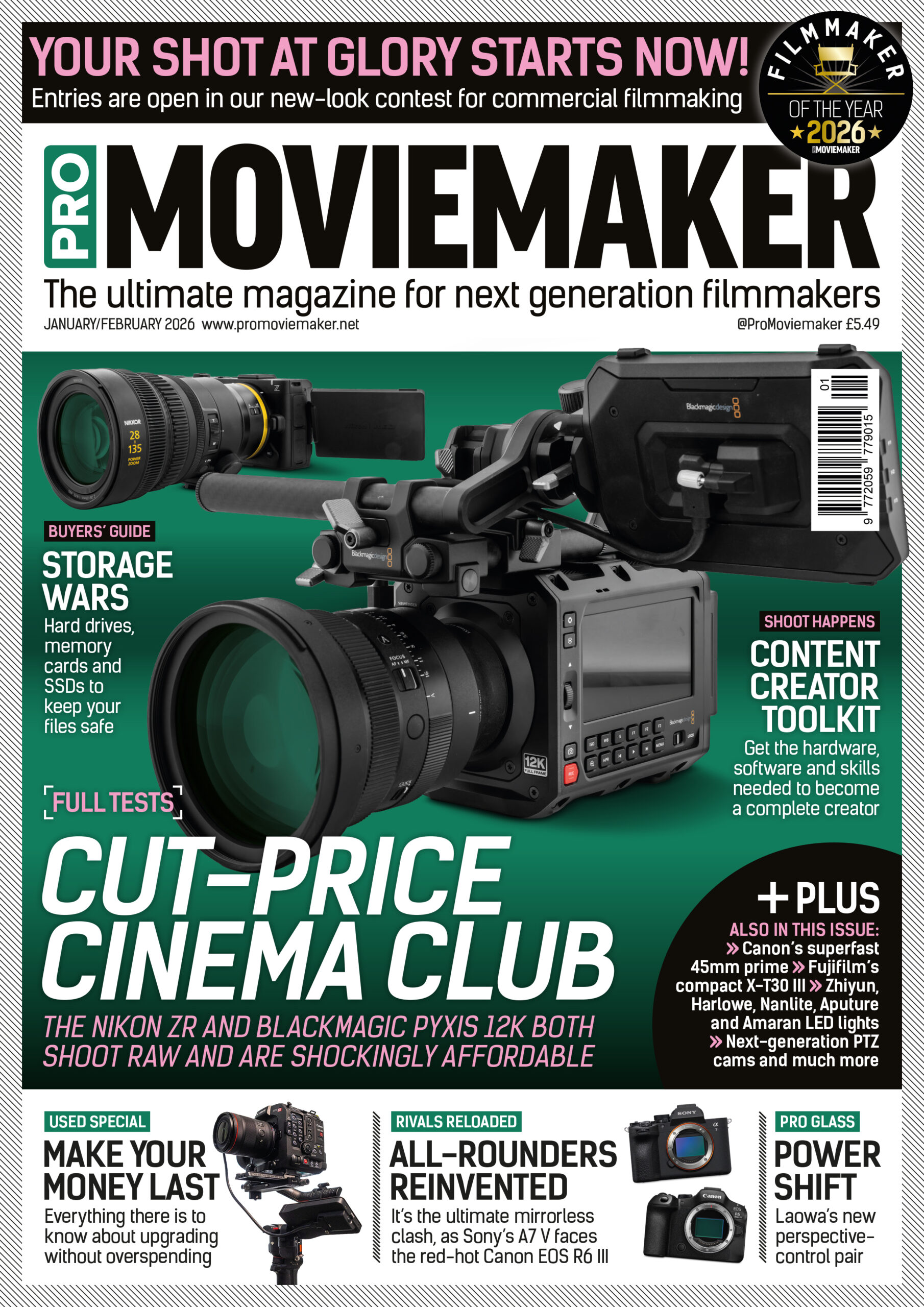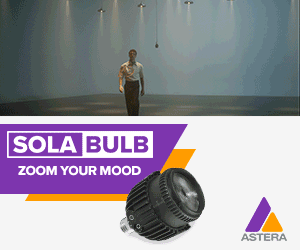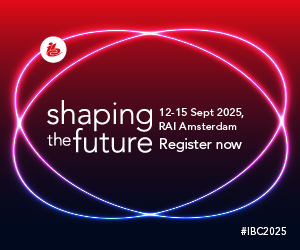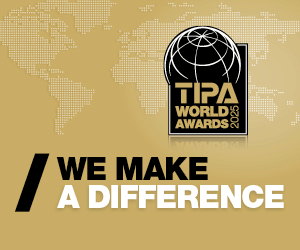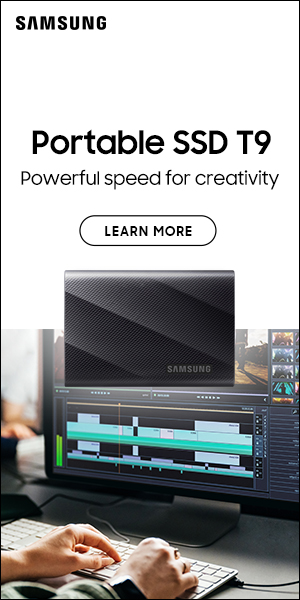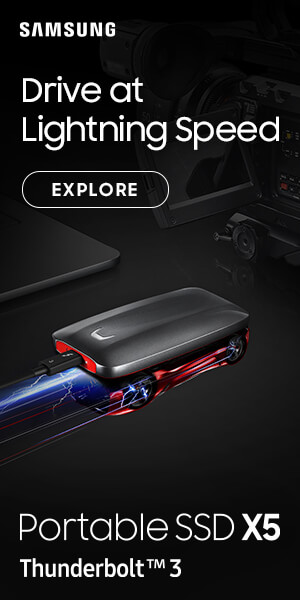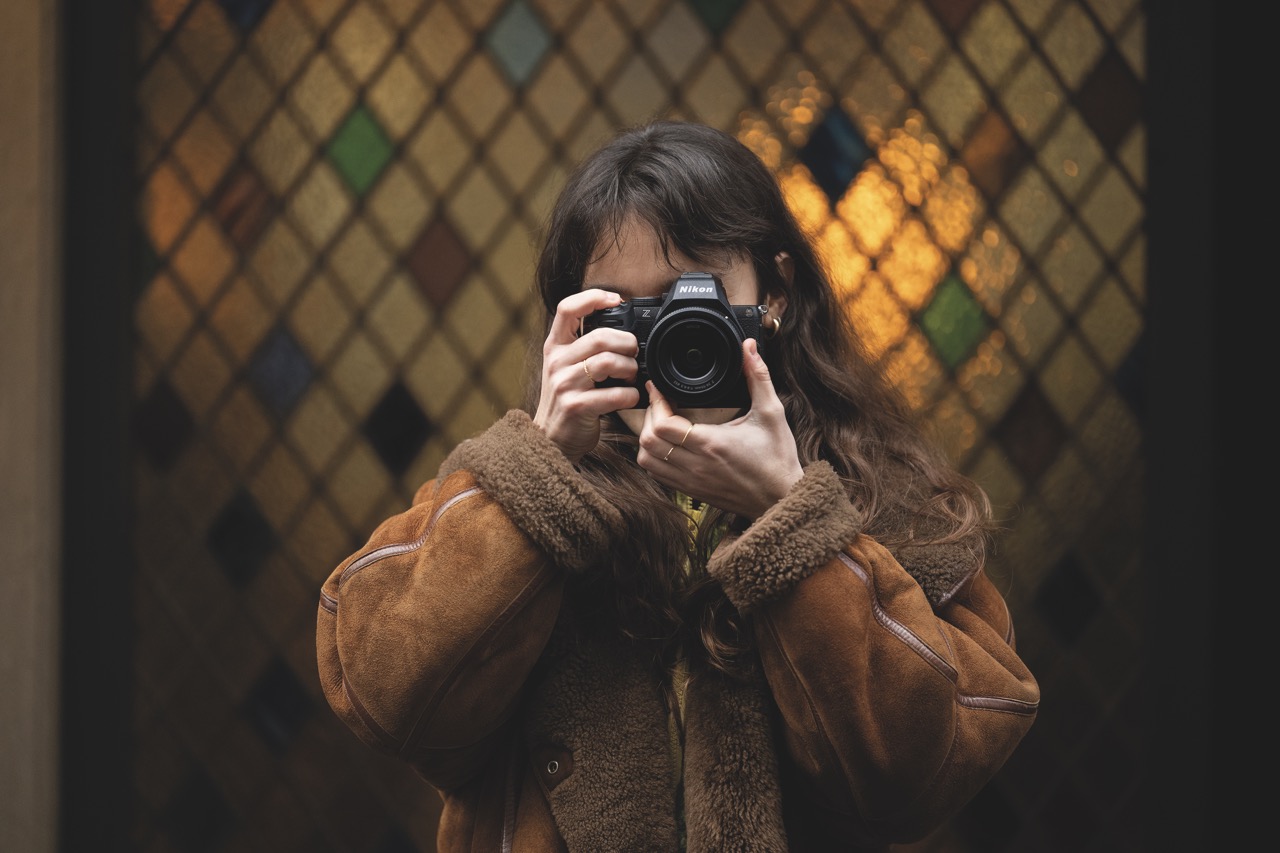
The rise of the creator economy: Cameras
Posted on May 9, 2025 by Pro Moviemaker
Whether you’re vlogging on the go or recording a podcast in a studio, choosing the right camera setup can make all the difference
There’s never been a better time to hit record and share. But you need the right cameras and lenses to do it – and what works well for general filmmaking almost certainly won’t be ideal for podcasting.
That’s because podcasts are largely studio-based, with cameras on tripods that need to run for extended periods without overheating, offer good audio inputs and ideally produce great out-of-camera colours that don’t require heavy post work. Studios also need decent lighting and audio.
Certainly, this is where cameras made for shooting video are the best, rather than DSLRs or many mirrorless cameras that have 30-minute runtime cut-offs.
Content creators generally need small and portable cameras for shorter takes. Great image stabilisation is a massive bonus, or at least a gimbal. For those wanting to shoot vertical video for social media, a tilting and swivelling screen is a great option.
But across both types of use, the critical feature is excellent autofocus, with face and eye detection. You can work with superfast manual cine lenses, but keeping everything sharp will be a struggle. Precise AF and fast prime lenses are a must-buy.
Let’s take a look at some of the top-choice cameras and lenses on the market.
Cool content creator cameras
There’s been a lot of action in this arena recently as the manufacturers swing into action to produce cameras for this fast-emerging market. Although people do make films with smartphones and fixed-lens compacts, it’s far better to pick a camera with a larger sensor that takes interchangeable lenses and has great AF. That pretty much means a modern mirrorless camera.
At the entry-level end in terms of price is the new Canon R50 V, which uses RF mount lenses to produce pro-level results without the bulk or complexity.
It’s designed with video-first users in mind, delivering 4K/30p video with no crop, excellent AF and Canon’s signature colour science. It boasts a fully articulating touchscreen, which makes framing easy whether you’re behind the camera or in front of it vlogging. Paired with Dual Pixel CMOS AF II, subject tracking stays locked in – even when you’re moving around or showing products.
The R50 V also features an intuitive menu system and a guided user interface. Automatic scene modes make it easy for beginners while still offering the flexibility and manual control that more experienced creators demand.
Certainly not entry-level in terms of spec is the new Nikon Z 5II, a full-frame camera with a 24.5-megapixel sensor. It’s crammed with features from professional Z series cameras, bringing fast, intelligent focusing, superb low-light capabilities, a bright electronic viewfinder, 4K UHD video and extensive control over colour.
AF includes multi-subject detection with 3D tracking, as well as AF sensitivity down to -10 EV. Additionally, Nikon’s Focus Point VR can reduce image blur around the active focus point with up to 7.5 stops of image stabilisation.
It features a fully articulating vari-angle touchscreen and a high-luminance EVF. Plus, the Z5 II can record 4K N-Raw video directly to the camera’s twin SD memory cards. It also supports Red LUTs and can shoot footage in N-Log for a very wide dynamic range.
But perhaps the most popular camera among content creators is the four-year-old Sony FX3, which combines the cinematic power of Sony’s FX Cinema Line with the portability and ease of use of a mirrorless camera.
At its core, the FX3 houses a full-frame 12.1-megapixel back-side illuminated sensor, optimised for 4K video with exceptional low-light performance and over 15 stops of dynamic range.
It has a compact, fan-cooled body, a top handle with XLR audio inputs and multiple mounting points, but no EVF. There’s five-axis in-body stabilisation, real-time Eye AF, customisable controls and S-Cinetone for great colour straight out of camera.
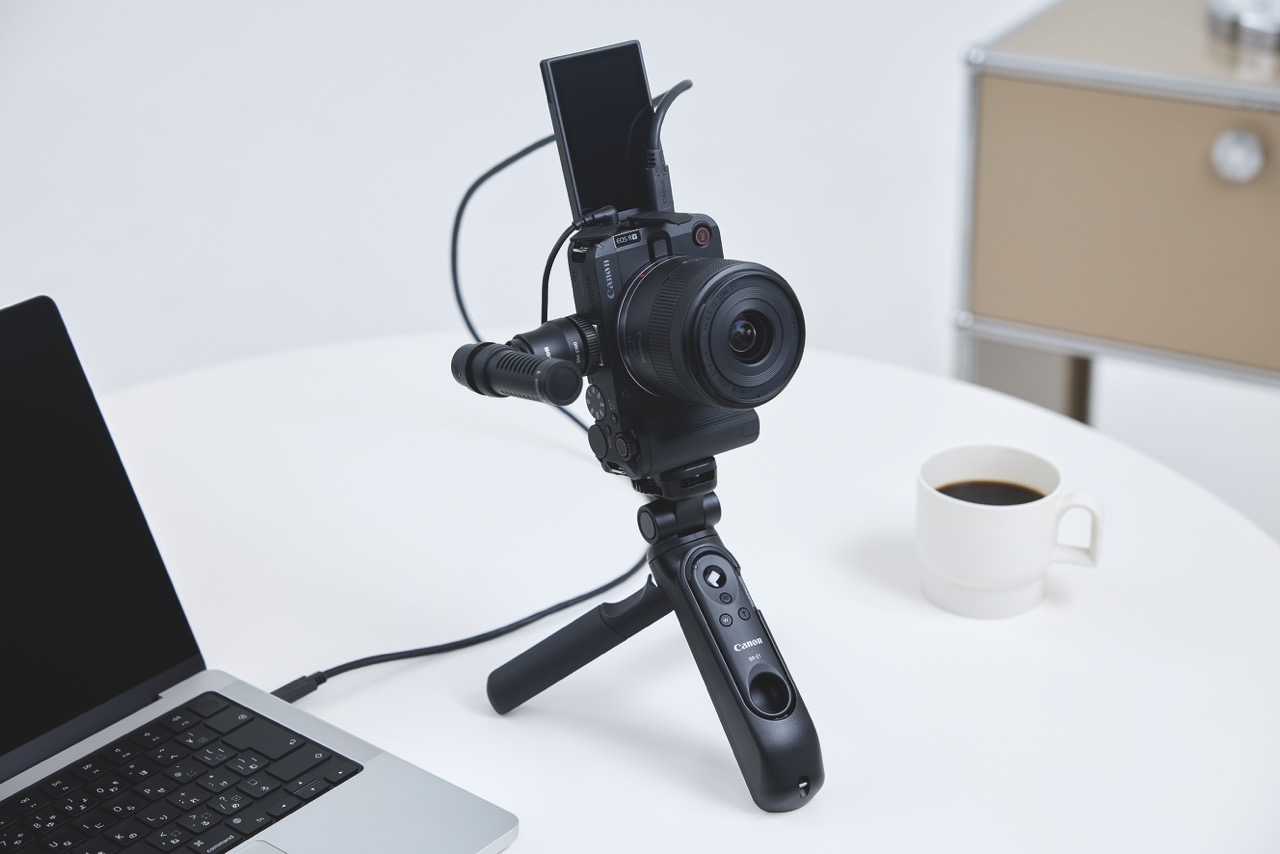
Perfect for podcasts
For professional podcasting, you ideally need a camera designed for long shoots in the studio, with AC mains support, incredible AF, no overheating issues and impressive colour science. Right now, one of the best is Canon’s full-frame Cinema EOS C80.
Its audio is podcast-grade thanks to dual mini-XLR inputs via the multi-function shoe, a 3.5mm mic input and manual level controls for professional sound, whether you’re using shotgun mics or lavaliers.
The C80 records in 10-bit 4:2:2 internally in XF-AVC or MP4 to dual SD card slots, with support for C-Log3 and PQ/HLG HDR, making it future-proof for streaming and post workflows.
Blackmagic has made a name for itself with great cameras packed with high-end codecs and video-first specs, plus interesting products like switchers to help make pro-style broadcasts easy. But a big letdown is that its cameras have not had continuous AF. So if your subject moved a little, the shot was soft – not ideal for podcasts.
But now, a software upgrade has added continuous phase detection AF to the full-frame Cinema Camera 6K – along with subject tracking and facial recognition. It features a full-frame 6K sensor, 13 stops of dynamic range, an L-Mount, dual native ISO up to 25,600 for low-light performance, Raw recording to CFexpress cards and high-end audio connections. All of which makes it a serious player for podcasting.
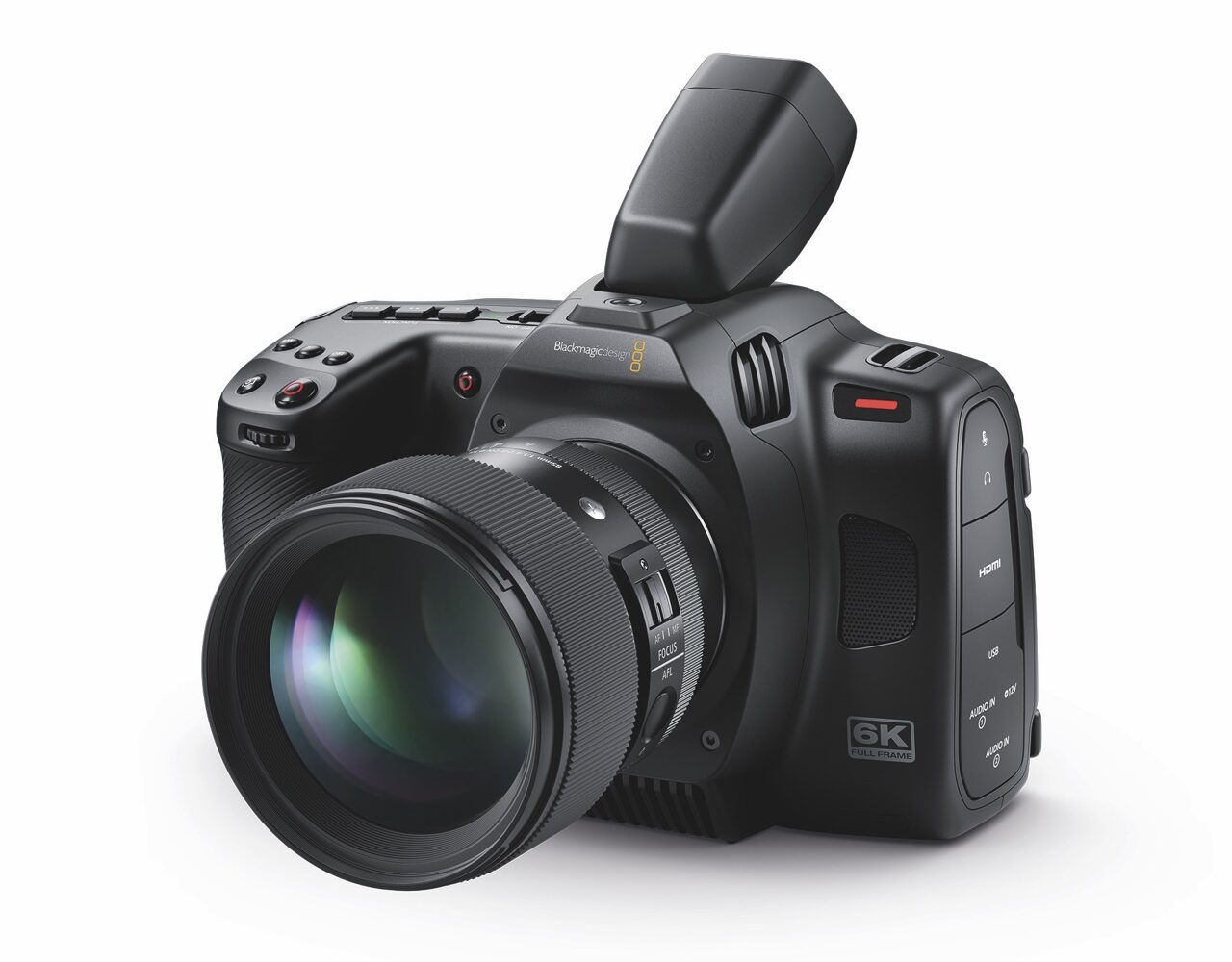
This article was first published in the May/June 2025 issue of Pro Moviemaker

